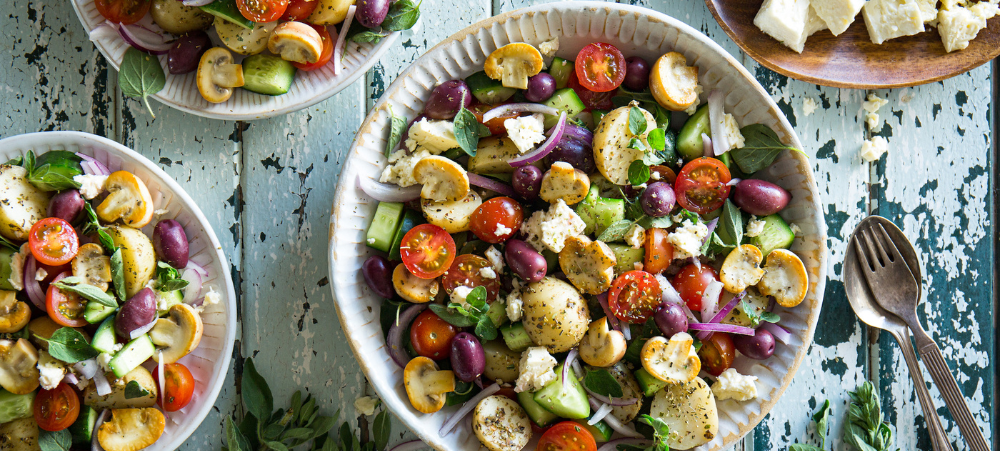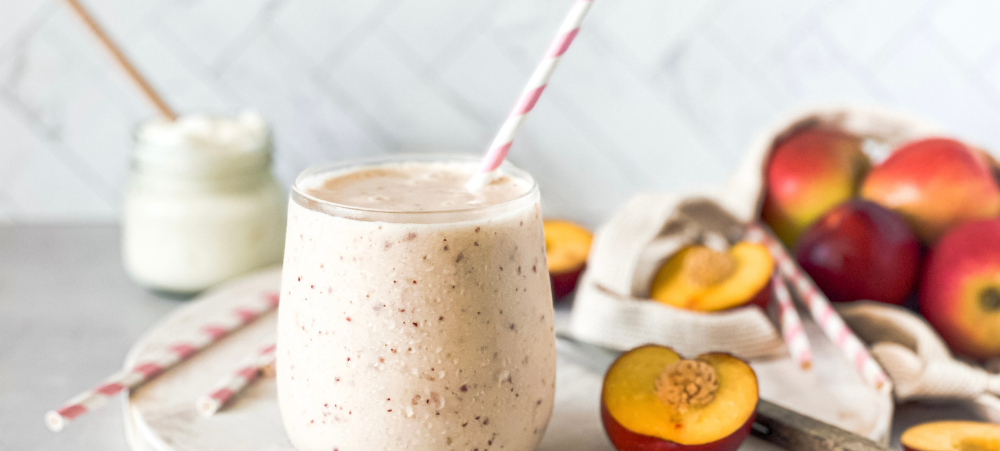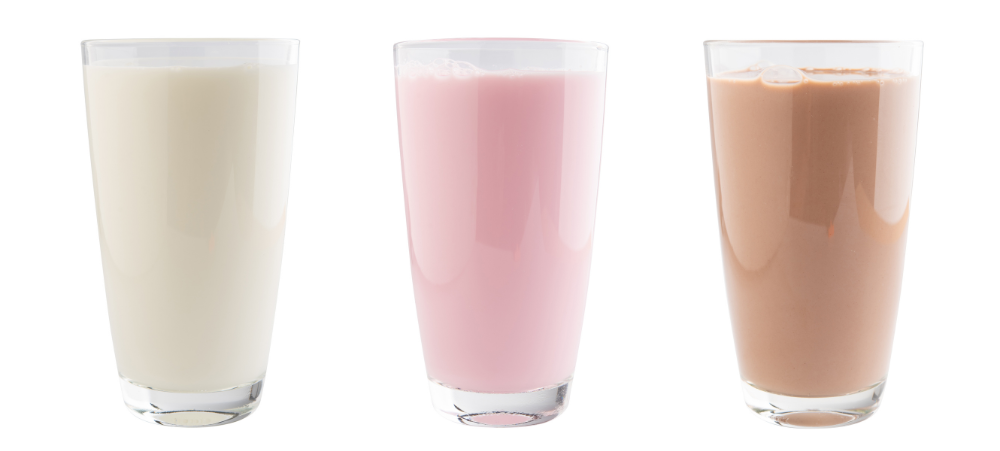Affinity Health, a leading provider of high-quality healthcare, cuts through the clutter to explain what healthy eating entails and how you can make it work. The term “healthy eating” can mean different things to different people. Everyone appears to have an opinion on the healthiest way to eat. Adding to the confusion, nutrition articles you read online can be downright perplexing with contradictory and frequently unfounded suggestions and rules. This makes it challenging to eat in a healthy way that works for you. “The truth is that eating healthy does not have to be difficult. It is possible to nourish your body while also enjoying your favourite foods,” says Murray Hewlett, CEO of Affinity Health. “After all, food should be enjoyed rather than feared, counted, weighed, and tracked.” Why Is Eating Healthy Important? Before we understand what healthy eating entails, it’s critical to know why it matters. First and foremost, food fuels you and provides your body with the calories and nutrients required to function. Your health may suffer if your diet lacks calories or one or more nutrients. Similarly, if you consume too many calories, you may gain weight. Obese people are at a much higher risk of developing type 2 diabetes, obstructive sleep apnea, and heart, liver, and kidney disease. Furthermore, the quality of your diet influences disease risk, longevity, and mental health. While ultra-processed foods are associated with increased mortality and a higher risk of conditions such as cancer and heart disease, diets rich in whole, nutrient-dense foods are associated with increased longevity and disease protection. Are Specific Diets Necessary? Certainly not! Although some people need – or choose – to avoid certain foods or follow diets for health reasons, most people do not need to follow any specific diet to feel their best. That’s not to say that certain eating habits can’t be beneficial. Some people think the healthiest when they follow a low-carb diet, while others thrive on high-carb diets. Eating healthy generally has nothing to do with following diets or specific dietary rules. “Healthy eating” means putting your health first by feeding your body nutritious foods. The specifics will differ depending on your location, financial situation, culture and society, and personal taste preferences. How to Make Eating Healthy Work for You Food may be one of the many puzzle pieces that comprise your daily life but making nutrition a priority is the first step toward eating a healthier diet. This doesn’t mean you have to spend hours grocery shopping or meal prepping, but it does require a little thought and effort, especially if you live a busy lifestyle. Stock up on the following items when you go grocery shopping: Fresh fruits and vegetables Protein sources such as chicken, eggs, fish, and tofu, as well as bulk carb sources such as canned beans and whole grains Healthy fat sources such as avocados and olive oil Starchy vegetables, including white potatoes, sweet potatoes, and butternut squash Nuts, seeds, nut butter, hummus, and olives Real-world Suggestions For Healthy Eating Affinity Health provides some practical tips to help you get started with healthy eating. Make plant-based foods a priority: Plant foods such as vegetables, fruits, beans, and nuts should comprise most of your diet. Try including these foods, particularly vegetables and fruits, at every meal and snack. Ditch takeouts: Cooking at home allows you to diversify your diet. If you’re used to ordering takeout or eating out, start by cooking just one or two meals per week. Regular grocery shopping: If you keep healthy foods in your kitchen, you’re more likely to prepare healthy meals and snacks. Make one or two grocery runs per week to keep nutritious ingredients on hand. Recognise your diet will only sometimes be perfect: Progress, not perfection, is essential. Meet yourself exactly where you are. Cooking one homemade, veggie-packed meal once a week is significant progress if you eat out every night. Avoid sugar-sweetened beverages: Limit your intake of sugary beverages such as soda, energy drinks, and sweetened coffees as much as possible. Regularly consuming sugary beverages may be harmful to your health. Choose foods that are filling: When you’re hungry, your goal should be to eat nutritious foods rather than consume the fewest calories possible. Choose protein- and fibre-rich meals and snacks that will keep you full. Consume whole foods: A healthy diet should include whole foods like vegetables, fruits, beans, nuts, seeds, whole grains, and protein sources like eggs and fish. Drink water: Water is the best way to stay hydrated, an essential part of healthy eating. If you’re not used to drinking water, get a reusable water bottle and flavour it with fruit slices or lemon juice. “These suggestions can assist you in making the transition to a healthier diet,” adds Hewlett. “You can also consult with a registered dietitian if unsure how to improve your diet. A dietitian can assist you in developing a long-term, nutritious eating plan that fits your needs and schedule.”



































